FeatureThe Allure Of Grand Seiko—Why It’s Fast Becoming A Collectors’ Darling The World Over
Get acquainted with the luxury brand from Japan that is the horological world’s best-kept open secret, even though its name may lead you to believe otherwise
May We Recommend
For those already initiated, to say that Grand Seiko makes exceptional watches that unfailingly surpass expectations is to say nothing at all. Grand Seiko timepieces are representative of the absolute finest watchmaking that comes out of Japan. I’m sure those who know a little bit about Japanese culture won’t take that statement lightly.
Once a complete insider’s brand, unheard of anywhere but its home country, Japanese watchmaking’s best-kept secret is now proudly out there for the world to see. I have been extremely fortunate to interact with Grand Seiko intimately and first-hand at their Shinshu Watch Studio in Nagano, Japan—surrounded by the Japanese Alps—where the brand crafts some of its most iconic timepieces. Shinshu and Shizuku-Ishi are the two studios devoted solely to making Grand Seiko watches. Understanding the philosophy behind them and seeing them being meticulously created in front of my own eyes was a truly astonishing, eye-opening experience.

Why these Grand Seiko watches surpass expectations is for a number of reasons. One, by virtue of having truly been out there for just about three years, most still focus on the second half of their name rather than the first. Two, ever since they were first made 60 years ago, the philosophy of Grand Seiko has been to create the finest watch possible. Three, the brand understood a long time ago that to compete with the well-established heritage of Swiss watchmaking, it would need to significantly stand out with its offerings. And four, it is so very Japanese at heart, in its pursuit of perfection in every little detail.
Given that each of these statements are layered, it’s worth breaking them down to appreciate what Grand Seiko is all about. If you’ve not heard all that much about the brand, it’s probably because Grand Seiko transitioned from a Seiko sub-brand to being independent brand in 2017. In fact, prior to 2010, they didn’t even retail outside Japan.
A Brief History Of How Grand Seiko Came To Be
By the 1950s, Seiko had mastered the art of making their watches and movements in-house and felt prepared to make a name for themselves on the global stage. And in wanting to create a watch that was nothing short of the absolute best, the first Grand Seiko model was launched in 1960—a timepiece that was beautiful, legible, very finely finished and extremely accurate. During the 1960s, Seiko submitted their Grand Seiko models with high-frequency movements to the Swiss Observatory trials for chronometric performance and rapidly improved their standing over the years. Once they got to the 4th position in 1968, bettered only by quartz movements, the annual trials ceased. The status quo had been shaken.

Seeing that they could meaningfully compete with the Swiss, Seiko considered this to be a time to stand out through their aesthetics and design language. Accordingly, designer Taro Tanaka established the brand’s ‘Grammar of Design’—a set of principles that were to guide Grand Seiko watches and they continue to do so even today. These include the visual signatures that have come to be inextricably associated with Grand Seiko such as the double index at 12 o’clock, multifaceted hands and hour markers, and highly polished case surfaces.
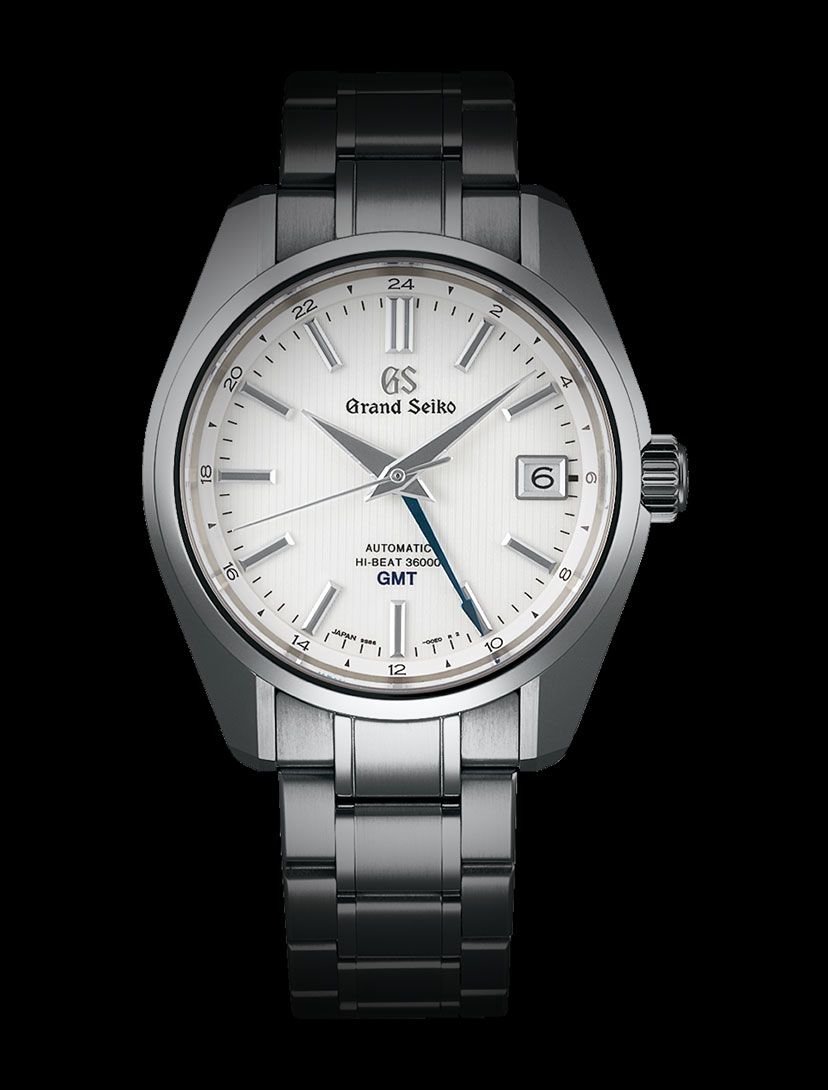
This year commemorates 60 years since the first watch bearing the name Grand Seiko was released. But given how dedicated they are to innovation, they clearly choose to not rest on their laurels.
What Makes Grand Seiko So Remarkable
The brand is very clear about its priorities—accuracy, finishing, legibility and precision being at the heart of it. There isn’t a single model in the catalogue that is lacking on either parameter, which makes it clear that they follow their principles religiously. The outcome of all this collectively is a watch that has gained a stellar reputation for being flawless in execution and excellent in chronometry. No matter where your preferences lie on the watch spectrum, the sheer quality of Grand Seiko timepieces is undeniable. Beauty and design appeal are subjective, of course, but therein too, the distinctiveness brought to the table through richly textured, art-like dials in some of their watches is a treat for the senses.
Let’s take the ‘Snowflake’ (or SBGA211, as Japanese precision demands)—arguably Grand Seiko’s most popular watch—as a case in point. The dial is simply mesmerising. It seeks to evoke freshly fallen snow that watchmakers at the Shinshu Watch Studio see outside their windows. But the rendition is abstract enough to let you interpret it however you’d like. What remain constant are its serenity, organic quality and complexity.
This ‘snowflake’ dial goes through many steps, from patterning to a series of coatings to achieve the brilliant end result. The nature-inspired story continues to other components of the watch. The case and bracelet, for starters, are made out of a proprietary, scratch-resistant titanium alloy that lends lightness, much like snow, while the sharp, faceted hands and markers play artfully with light and shadow. Further, it is powered by Grand Seiko’s revolutionary Spring Drive movement (the most unique visual characteristic of which is a seconds hand that sweeps perfectly smoothly in an unhindered motion), signalling a calm fluidity as it runs.
As clinical as their watches may seem thanks to their irreproachable finishes, there is an unbelievable level of handwork that goes into each timepiece that leaves their studios. This is another one of those spellbinding things I saw while at the Grand Seiko manufacture in Nagano—there is basically no part of the watch manufacturing process which doesn’t employ human craft and hands. From the famous Zaratsu polishing (which achieves a distortion-free mirror finish) on the case, and diamond cutting of the indices, to the assembling of movement components, and the setting of hands and casing the watch—literally each of these steps is done by hand by specialised artisans, or takumi, as they are called with reverence in Japan.
Because of all these little things that go into each part of the watch, the end result is remarkably visually arresting. ‘Pictures don’t do it justice’ can be a tired cliché, but having spent time with many of their watches, I can confidently speak of its blanket applicability to every single Grand Seiko watch. These are rare watches that get better as you look closer. I say rare because this phenomenon applies more widely to watches that cost many times more than the average Grand Seiko.

A Quintessentially Japanese Approach To Perfection
Grand Seiko’s A-game isn’t restricted just to making each watch look exquisite. They’re quite ahead of the curve, in a certain sense, in the movement sphere as well. I mentioned earlier how accuracy is one of the pillars for making watches with the Grand Seiko moniker. This focus on accuracy has only strengthened in spirit and action, as the brand has gone on to create movements (including new movement types altogether) in-house that are at the very pinnacle of chronometric performance, whether they are high-frequency automatics, high-accuracy quartz or a fascinating mix of both in the form of the unique Spring Drive.
The Spring Drive, for those unfamiliar, operates mechanically through a traditional mainspring and systems of gears and levers, but is regulated by a ‘glide wheel’—as opposed to a traditional lever escapement—using a quartz oscillator, integrated circuit and electromagnets. It’s a peerless mechanism that seeks to bring quartz-level accuracy to mechanical watches. And as I mentioned while speaking of the Snowflake, the seconds hand has a silent, smooth glide that has come to be its defining feature.

Grand Seiko have used the Spring Drive in their sports and diver’s watches too. The fact that they have a diver as one of the mainstays in the collection further speaks to the kind of diversity they have built into their catalogue from the perspective of, both, styles and movements. They aren’t only catering to dressier or more elegant styles. People who see the imposing 44mm SBGA229 Diver are quick to draw comparisons with the Rolex Submariner. While these watches do operate in a similar niche, the Grand Seiko has a stronger utilitarian leaning in its appearance while losing none of the panache derived from its exceptional quality and finish. The height and weight of it are considerable, but it’s comfortable and satisfying if your preferences lean towards wearing watches that feel decidedly tough.
Living Up To A Higher Standard
Each of the movements Grand Seiko make are rated for timekeeping to a standard stricter than that imposed by the COSC (the Swiss body that tests movements to certify their chronometer status). For reference, this is +5/-3 seconds per day for the mechanical and Hi-Beat movements, +/-1 second per day for the Spring Drive and +/-10 seconds per year of the 9F high-accuracy quartz movements.
Grand Seiko is also among the handful of watch companies that are truly and meaningfully vertically integrated. That is to say, when they say in-house, they really, really mean it. The most compelling example of this is Grand Seiko growing their own quartz crystals, which are used in their high-accuracy quartz and Spring Drive watches. Hairsprings using proprietary alloys, escapements made more energy efficient through state-of-the-art technology, parts specially designed for better lubricant retention—they do it all, and they do it with obsessive dedication to making a fine watch that lasts. The 9F quartz, for instance, has a sealed movement that claims to not require lubrication for 50 years! Mechanical watches tend to be associated more closely with a tag of permanence compared with quartz, but look at how Grand Seiko have turned the tables.
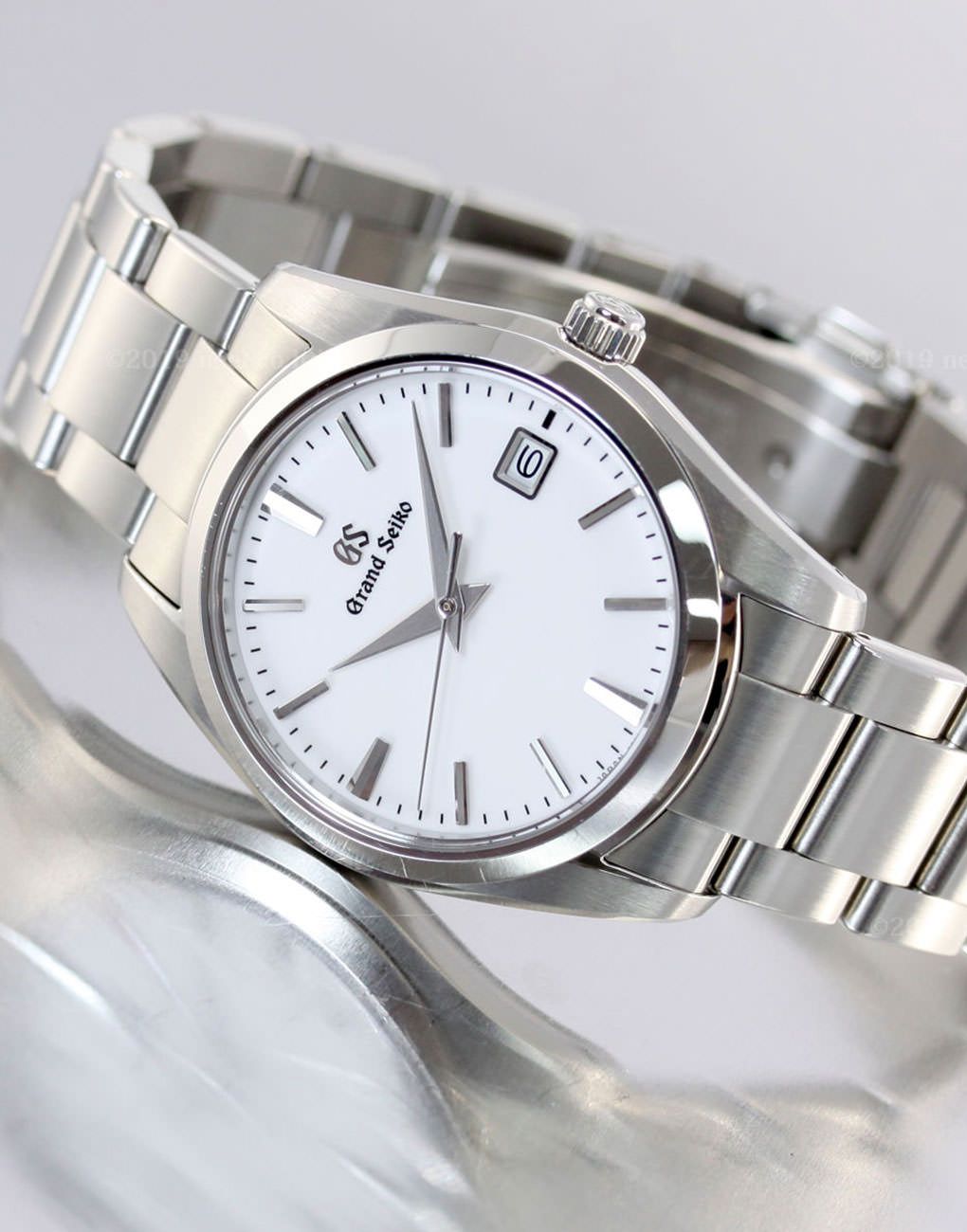
The 9F movement, notwithstanding its designation as a quartz calibre, is one of Grand Seiko’s finest and most interesting mechanisms. So much so that the ins-and-outs of what make this movement so exceptional are almost a story of their own. From a pricing viewpoint, they remain the point of entry into the world of Grand Seiko, but there is most certainly nothing entry-level about them if you happen to see them in the metal. Unmistakable Grand Seiko elements, from the stunning dial to sword-sharp hands and zaratsu polished case are all there. Indeed, they are a given with anything that bears the Grand Seiko designation on the dial. This is the Japanese way.
At Both Ends Of The Spectrum
But let this not in any way suggest that Grand Seiko has a greater focus on watches that aren’t traditionally mechanical as we know them. In fact, just last year, Grand Seiko announced a brand new hand-wound movement—in-house of course—in their 9S calibre series. These are being used in a new case shape with a fairly classical vibe to it and which is a lot more rounded than what tends to be par for the course for a Grand Seiko. It’s an interesting and welcome new direction from the brand. The most simple and elegant watch in this line is the SBGK007, with a warm, almost silver sunburst dial and beautifully proportioned 39mm case. It has a dial layout not quite seen before—with a seconds sub-dial at nine o’clock complemented by a power reserve indicator at the opposite end. The asymmetric character this adds, as well as how nicely it’s balanced out by other dial elements to retain a harmonious design, emphasise the kind of watchmaking Grand Seiko practises.
The brand’s proposition from a value standpoint is also very refreshing in that it offers collectors the opportunity to own a fine timepiece that is hand-finished to an extremely high degree, at a fraction of the price one is typically expected to pay for such attributes before Grand Seiko burst onto the scene. It’s the kind of finishing that keeps revealing facets of its complexity and beauty to you as time passes.
Explore the range of Grand Seiko’s fine timepieces
Isn’t that the kind of quality we search for in our timepieces today? I mean, in this ‘connected’ era, there is consensus that we’re looking at our watch as a source of joy, which transcends its basic utility. We want it to inspire awe and we want to feel something special every time we glance at it. And in that regard—by Jove—does Grand Seiko deliver!
Amish Behl is India’s first Watch Expert, certified by the Fondation de la Haute Horlogerie (FHH), Switzerland. He is a watch specialist and collector based in New Delhi, deeply passionate about the art and history of timekeeping. Behl is also the founder of Definitely Curry, a digital publication about modern ‘made in India’.





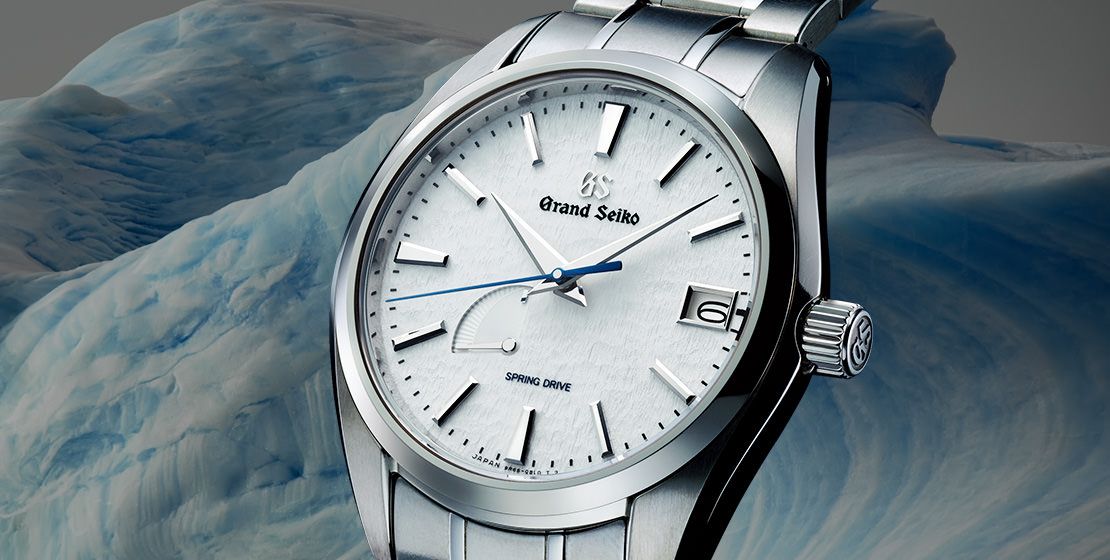
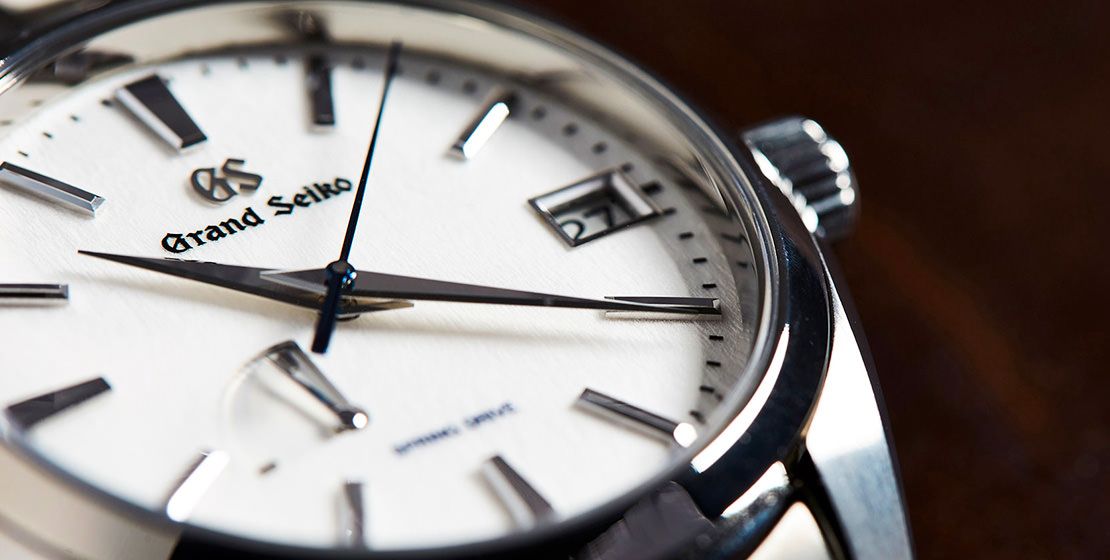

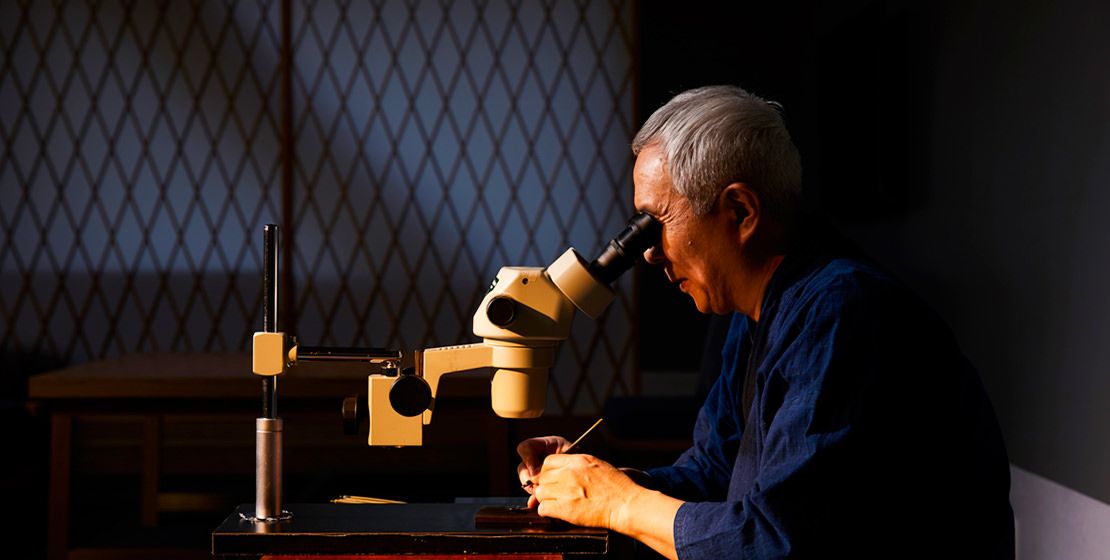
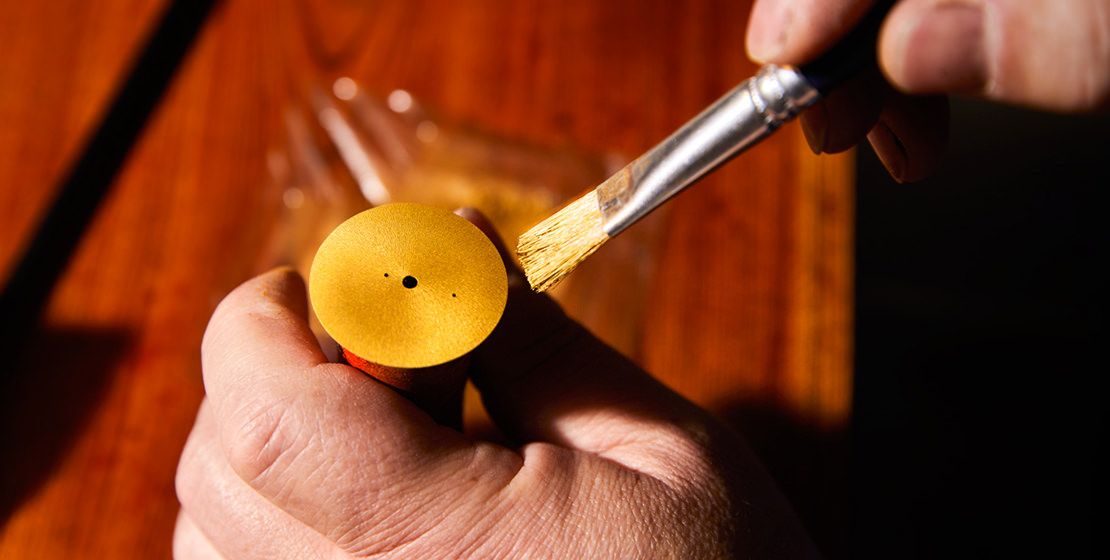
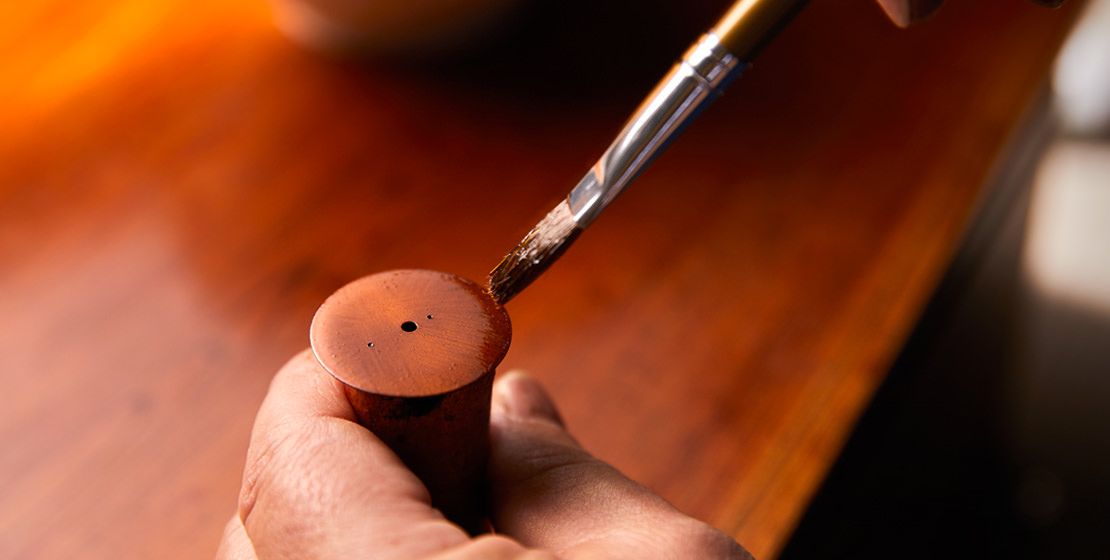
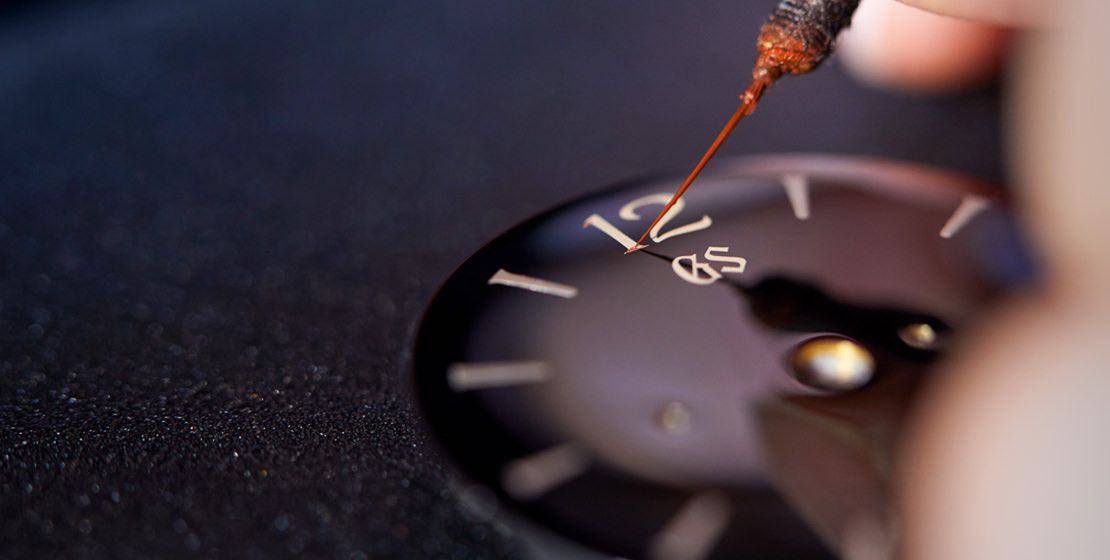
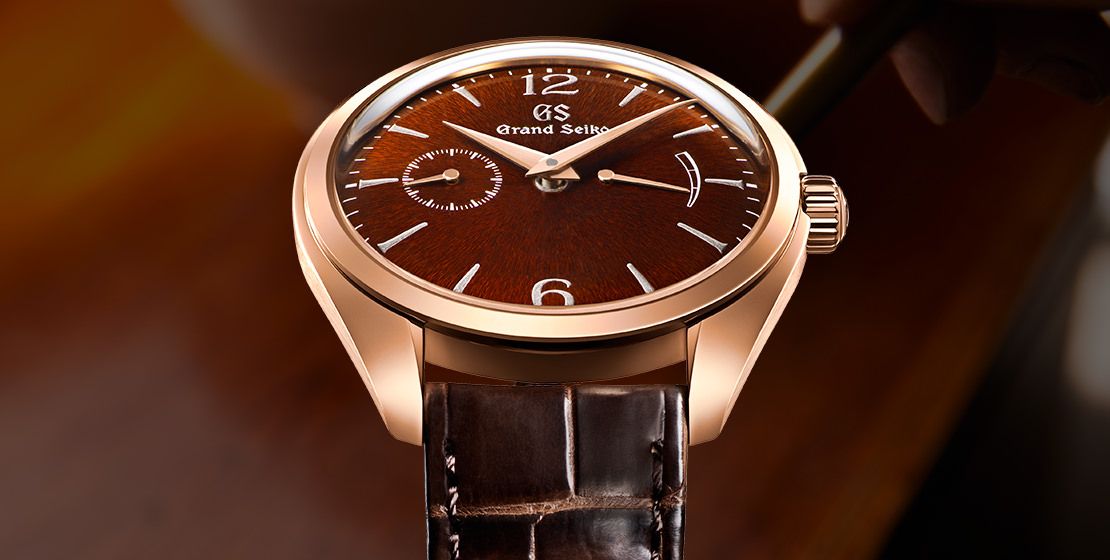

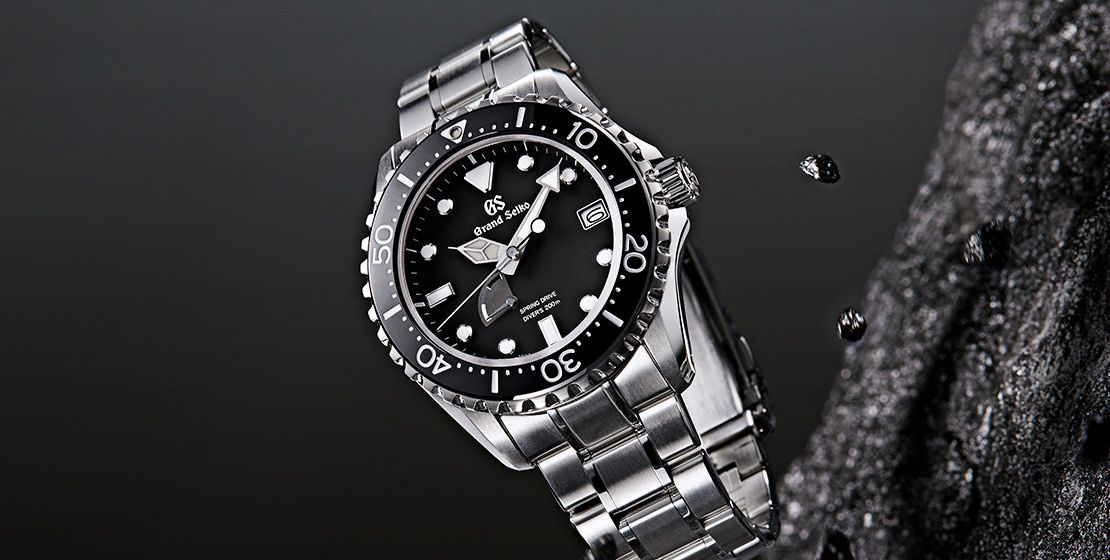
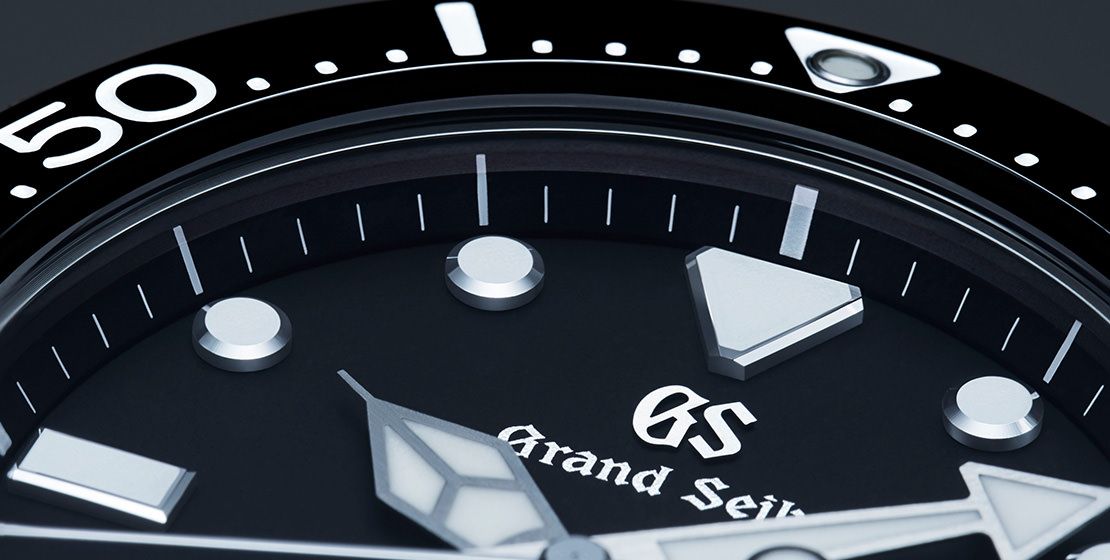

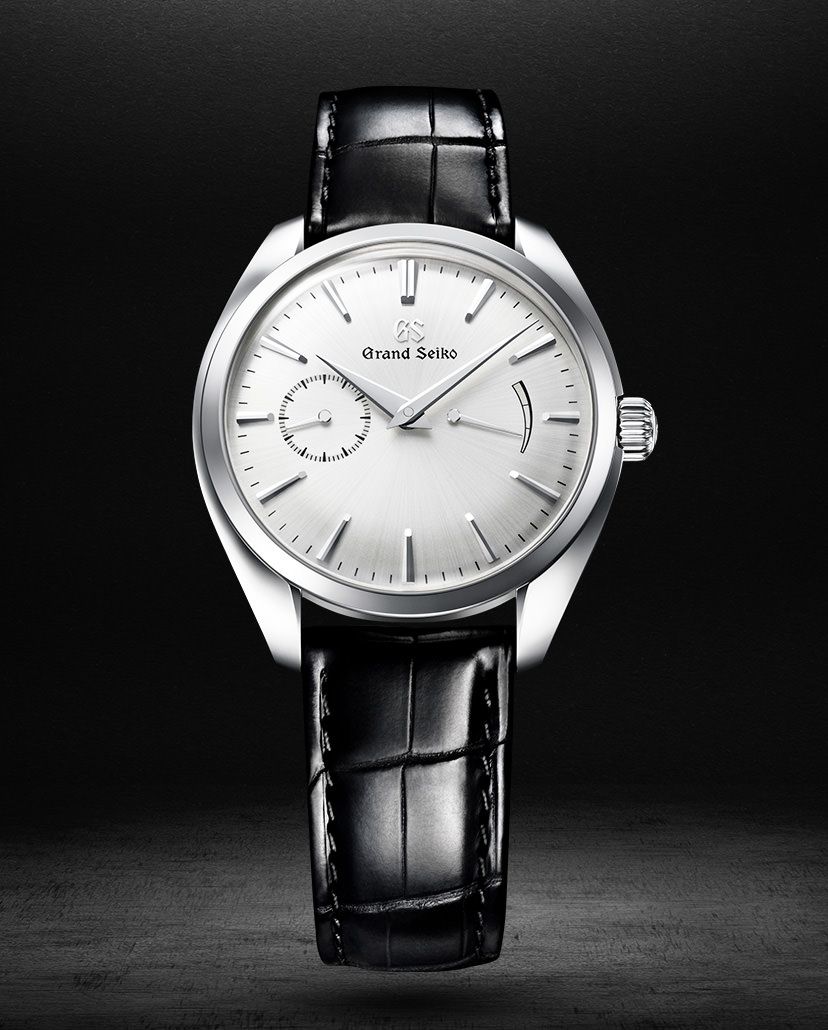
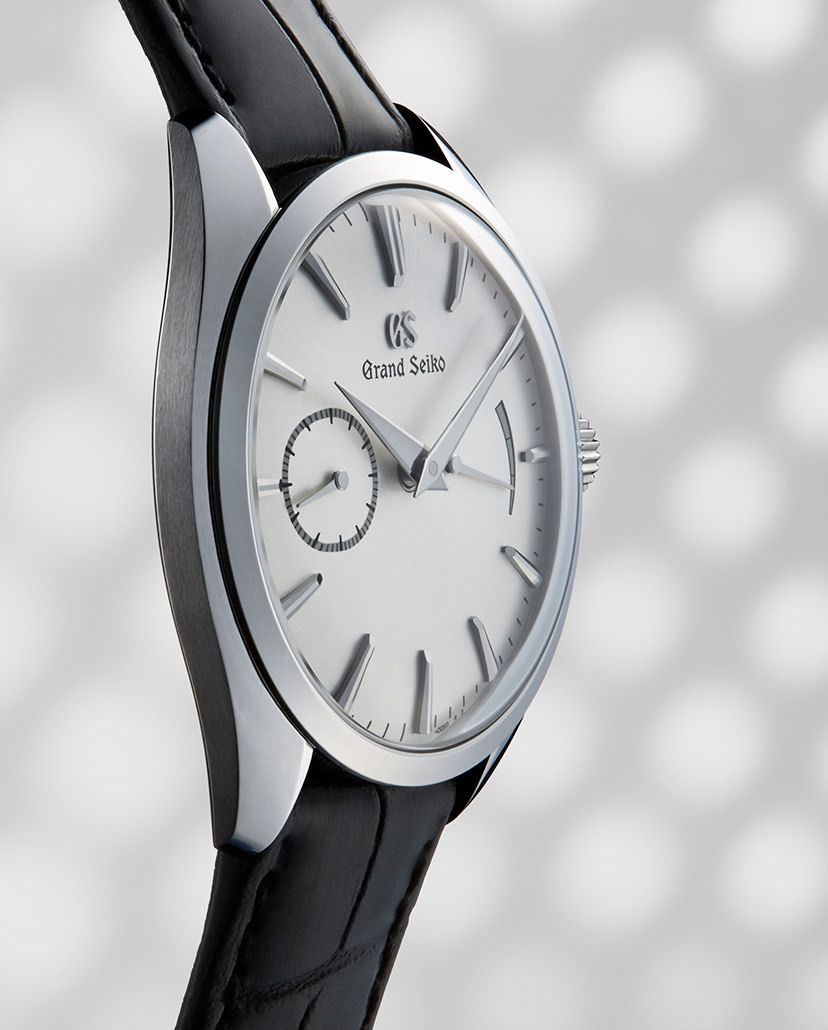







Grand Seiko is a very underrated brand. Refreshing to see it covered here with such depth. I however find that you carry a very limited selection of their watches.
Thank you Anand,
We do believe that Grand Seiko deserves a lot more attention than it receives, and hence we wanted to shed some light on the brilliance of the brand. Hopefully with more awareness and a greater demand for the excellence of Grand Seiko’s watchmaking, Ethos’ catalogue will also expland to include more of the brand’s novelties.
Thank you for reading!
The Watch Guide